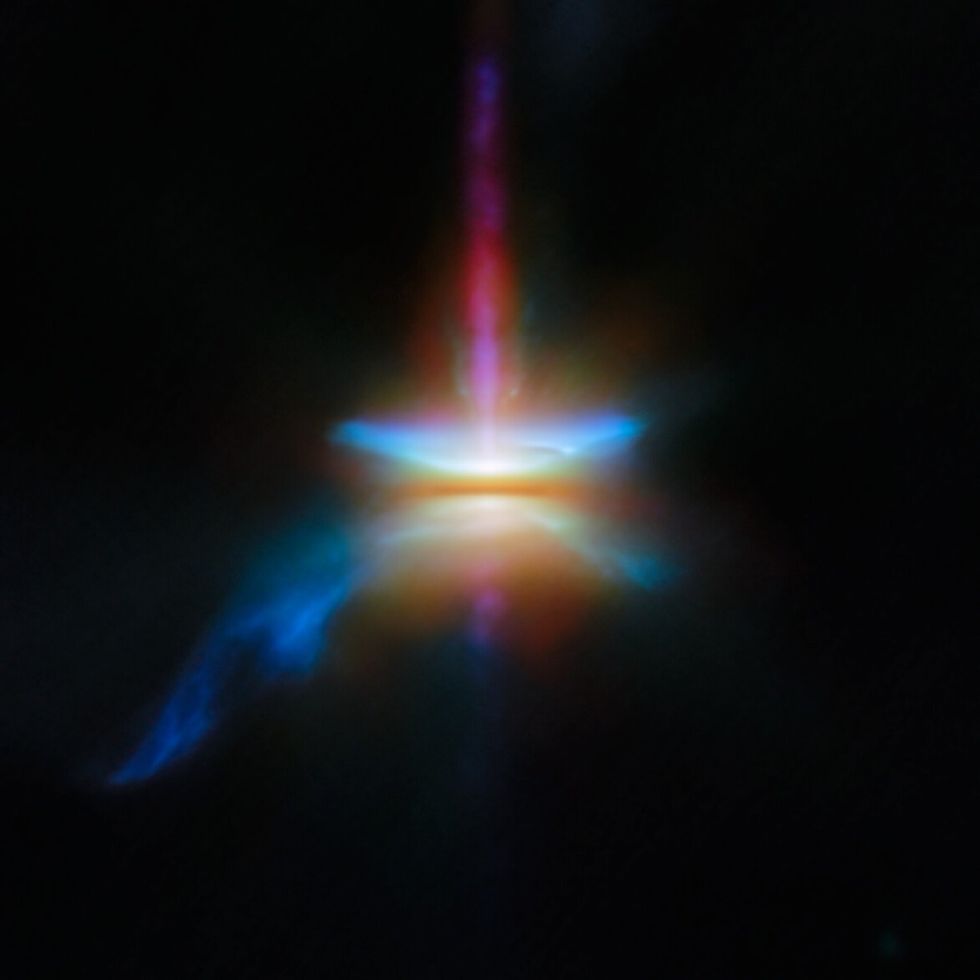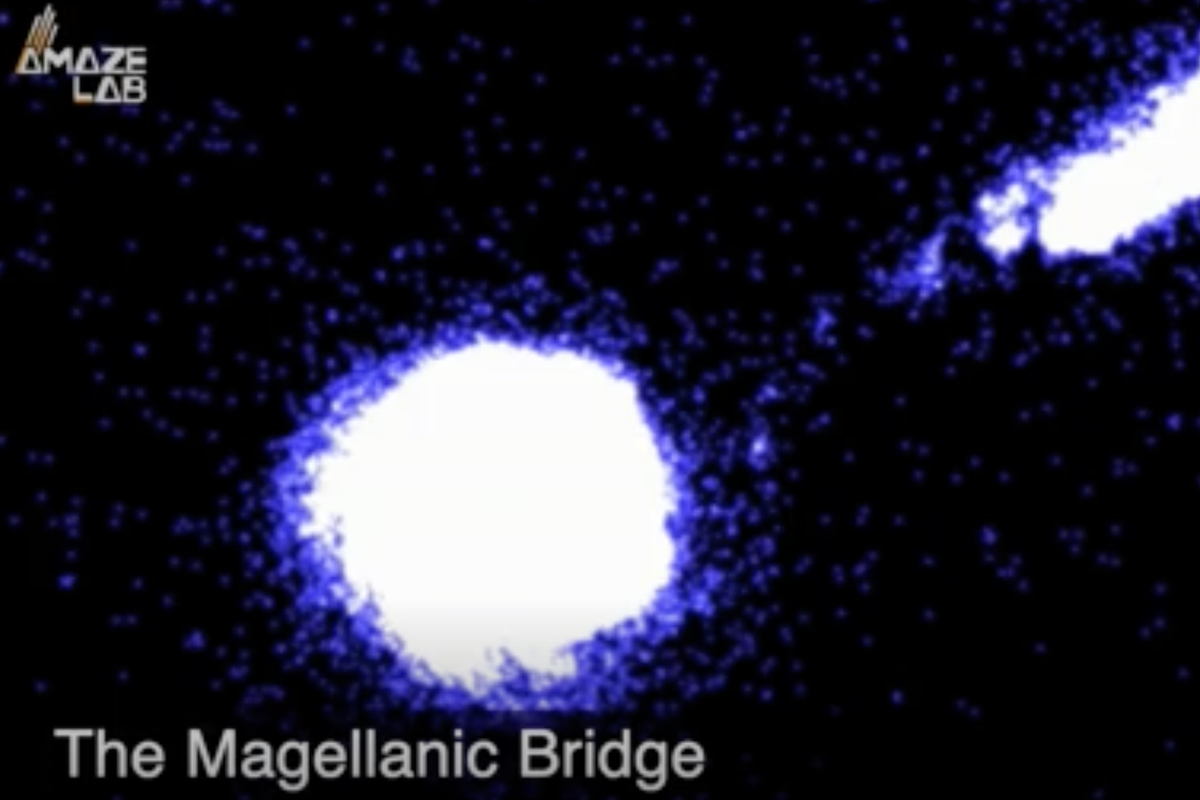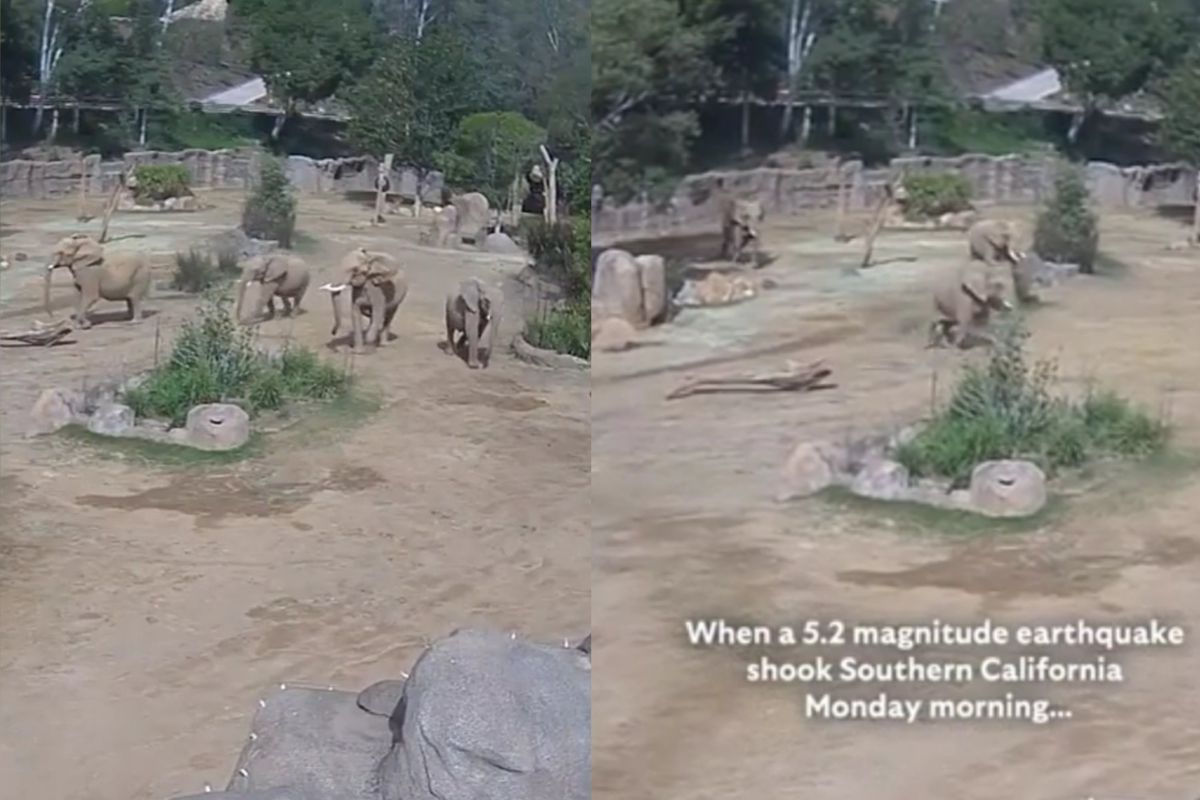Gregory Robinson
Feb 07, 2025
Having One More Planet In Our Solar System Could Have Changed Everything …
ZMG - Amaze Lab / VideoElephant
The James Webb Space Telescope (JWST) has captured a major spectacle in space in “unprecedented detail”.
This colourful display is known as Herbig-Haro 30, or HH 30, highlights a bright region around a star just half a million years old in the Taurus Constellation. Herbig-Haro objects are tiny nebulae found in star formation regions, signifying the locations where gas flowing out of young stars is heated into luminescence by shockwaves.
The star itself is obscured by a thick disk of dust. However the glow in the image is caused by intense winds and jets the star blasts into space which collide with more scattered gas and dust above and below the disc. This creates shockwaves that heat the material which causes it to glow.
These luminous dust pockets are signposts for astronomers studying how stars interact with their immediate environments during the steps leading to the formation of planets similar to those in our solar system.
Although you may think the dust grains must be massive, this couldn’t be farther from the truth. “These grains are only one millionth of a meter across — about the size of a single bacterium," the European Space Agency said in a statement.

"The creation of a narrow, dense layer of dust is an important stage in the process of planet formation — in this dense region, dust grains clump together to form pebbles and eventually planets themselves."
Astronomers are particularly interested in HH 30 because discs seen from an edge-on perspective, as seen in the images, are, “a unique laboratory to study how dust grains drift and settle".
These observations show that, “large dust grains must migrate within the disc and settle in a thin layer” and the creation of a narrow and dense layer is a key stage in the process of forming planets. It’s here where dust grains clump together to form “pebbles”, which then become massive planets.
Elsewhere in space news, a new study suggested an object the size of a planet might have visited our solar system and disrupted the orbits of four outer planets. Plus, one hidden feature of the Moon was recently unearthed by scientists — and it’s massive.
How to join the indy100's free WhatsApp channel
Sign up to our free indy100 weekly newsletter
Have your say in our news democracy. Click the upvote icon at the top of the page to help raise this article through the indy100 rankings.
Top 100
The Conversation (0)














